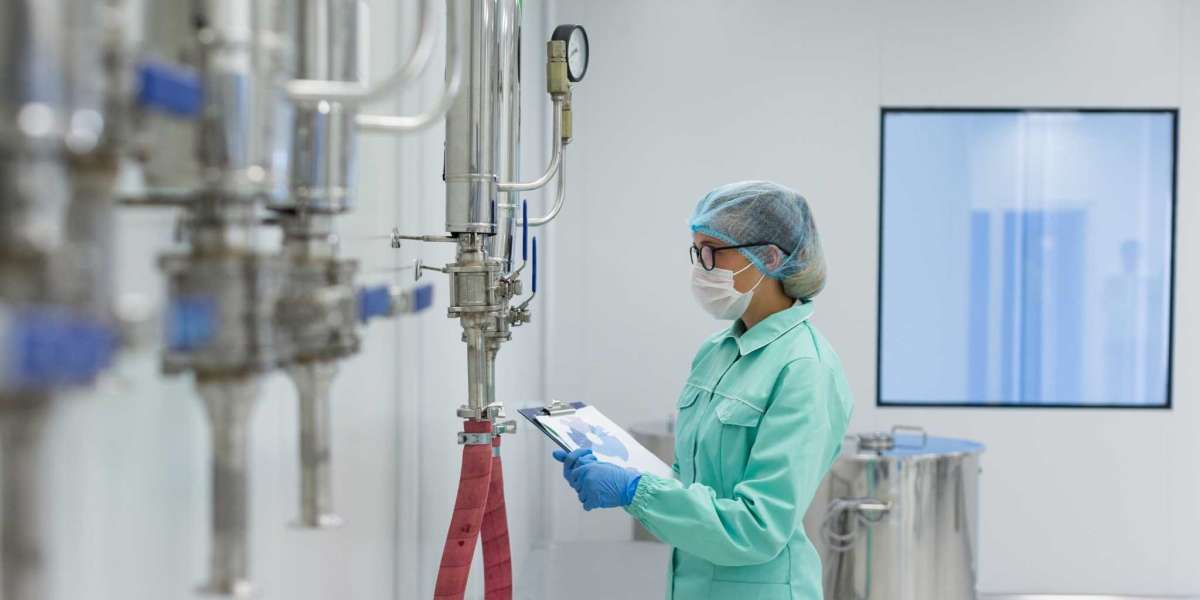CMC in pharmaceuticals plays a pivotal role in ensuring drug safety, efficacy, and quality. By bridging the gap between innovation and production, CMC in pharmaceuticals provides the foundation for regulatory compliance and consumer trust. At Infinix Bio, we specialize in navigating the complexities of CMC, helping pharmaceutical companies ensure precision, compliance, and excellence in drug development.
Key Role in Drug Development
At its core, CMC guarantees that medications reaching the market remain consistent, regardless of where or how they're manufactured. Think of it as a drug’s birth certificate—detailing its formulation, production, and quality checks.
The Pillars of CMC
Chemistry: Analyzing Chemical Properties
Chemistry focuses on understanding the physical and chemical properties of a drug substance. Analysts examine aspects like solubility, stability, and bioavailability.
Manufacturing: The Production Blueprint
This pillar addresses how a drug is created, from raw material sourcing to scale-up production. Manufacturing must be efficient yet robust enough to maintain consistency.
Controls: Ensuring Product Consistency
Quality control measures are non-negotiable. This involves routine testing, rigorous validation protocols, and adherence to regulatory guidelines.
The Role of CMC in Drug Development
Stages of Drug Development Where CMC Plays a Role
Preclinical Studies: During this stage, scientists design formulations to optimize drug delivery.
Clinical Trials: CMC ensures that trial batches meet reproducibility and quality standards, critical for generating reliable data.
Post-Approval Manufacturing: After a drug hits the market, CMC ensures long-term consistency and compliance with regulatory changes.
Meeting Regulatory Requirements
FDA Guidance on CMC
The FDA outlines strict protocols, making CMC submission mandatory in New Drug Applications (NDAs) and Investigational New Drug Applications (INDs).
Common Challenges in Regulatory Compliance
These include documentation errors, variation in raw materials, and adapting to changing international guidelines.
How CMC Enhances Pharmaceutical Quality
Importance of Quality by Design (QbD)
Implementing QbD Principles
QbD ensures that quality is built into a product from the design phase, focusing on performance rather than inspection alone.
Examples of QbD in Action
One example includes designing controlled-release tablets to improve patient adherence.
Risk Management in CMC
Identifying Risks in the Manufacturing Process
Manufacturing comes with inherent risks, such as contamination or batch variability. CMC helps identify and mitigate these risks.
Solutions for CMC-Related Challenges
Using real-time monitoring systems can significantly reduce risks in manufacturing pipelines.
Emerging Trends in CMC for Pharmaceuticals
Advances in Analytical Techniques
High-resolution mass spectrometry and other innovative methods are redefining drug analysis.
Integration of Automation and AI
Automated workflows and AI-powered data analysis ensure faster decision-making and reduce human error.
Why CMC is Crucial for Success in Drug Development
Bridging Science and Manufacturing
CMC acts as the bridge between scientific discovery and large-scale drug production, ensuring seamless transitions.
Ensuring Patient Safety and Product Efficacy
By addressing quality and consistency, CMC safeguards patient health while maintaining therapeutic effectiveness.
Conclusion
CMC in pharmaceuticals plays a pivotal role in ensuring drug safety, efficacy, and quality. By bridging the gap between innovation and production, CMC provides the foundation for regulatory compliance and consumer trust. For pharmaceutical companies, mastering the intricacies of CMC isn’t just an option; it’s a necessity. At Infinix Bio, we specialize in navigating the complexities of CMC, helping pharmaceutical companies ensure precision, compliance, and excellence in drug development.














